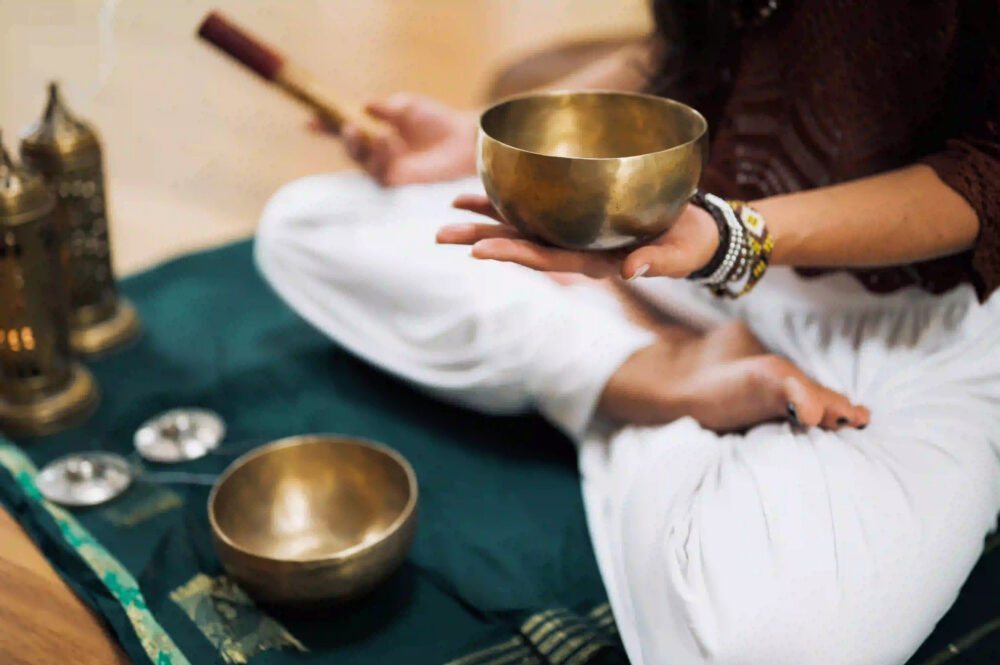Art has always been a powerful medium for humans to express their deepest emotions and connect with something beyond themselves. Throughout history, artists have sought to capture the essence of spirituality and the divine through their creative endeavors. In this blog post, we will delve into the profound relationship between spirituality and art, exploring how artists throughout the ages have used their creativity to express the divine.
The Quest for the Divine
Spirituality is a deeply personal and subjective experience, often rooted in a search for meaning and connection to something greater than oneself. For centuries, artists have been drawn to explore this quest for the divine through their artistic expressions. Whether it be through painting, sculpture, music, or poetry, artists have sought to transcend the physical world and tap into the spiritual realm.
Symbolism and Allegory
One of the most common ways artists have expressed spirituality in their work is through the use of symbolism and allegory. Symbolism allows artists to convey complex ideas and emotions through visual representations. From ancient cave paintings to Renaissance masterpieces, symbols such as the cross, the lotus flower, and the dove have been used to represent spirituality and divine connection.
Allegory, on the other hand, is a storytelling technique that uses symbolic figures, objects, or events to convey a deeper, often moral or spiritual meaning. Artists like Hieronymus Bosch and William Blake are famous for their allegorical works, which invite viewers to contemplate the spiritual and moral implications of their subjects.
Transcendence and the Sublime
Art has the unique ability to transport us beyond the confines of our everyday existence, allowing us to experience moments of transcendence and awe. The concept of the sublime, popularized during the Romantic era, describes the overwhelming sense of beauty and grandeur that can be found in nature and the divine. Artists like Caspar David Friedrich and J.M.W. Turner sought to capture this sublime experience through their landscapes, invoking a sense of wonder and reverence in their viewers.
Ritual and Devotion
Throughout history, art has played a central role in religious rituals and practices. From the intricate carvings of ancient temples to the stained glass windows of cathedrals, art has been used to create sacred spaces and evoke a sense of reverence. In many cultures, the act of creating art itself is seen as a form of devotion, a way to connect with the divine and channel spiritual energy.
Contemporary Expressions
In the modern world, artists continue to explore spirituality through their work, albeit in new and innovative ways. From abstract paintings that evoke a sense of spiritual transcendence to multimedia installations that challenge traditional notions of the divine, contemporary artists push the boundaries of how we perceive and experience spirituality.
Conclusion
Art has always been a powerful tool for exploring and expressing spirituality. Through symbolism, allegory, transcendence, ritual, and devotion, artists have sought to capture the essence of the divine and communicate it to others. Whether we find spiritual meaning in a Renaissance masterpiece or a contemporary installation, art has the ability to touch our souls and connect us to something greater than ourselves. So, the next time you visit a museum or gallery, take a moment to reflect on the spiritual journey of the artists who came before, and perhaps even find your own connection to the divine through the power of art.
